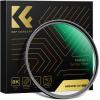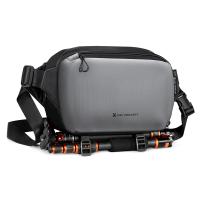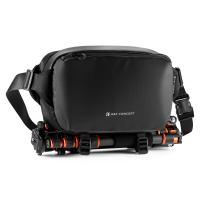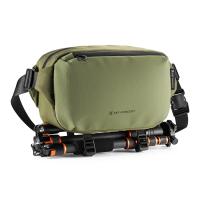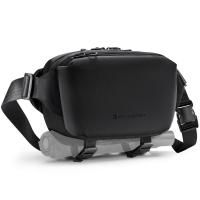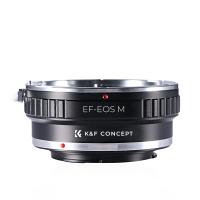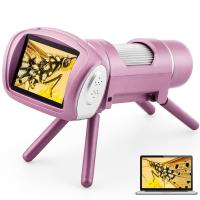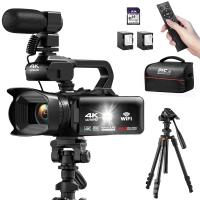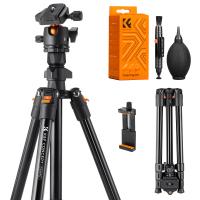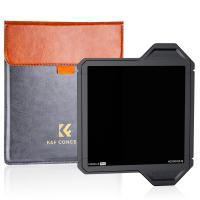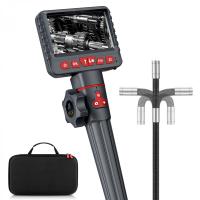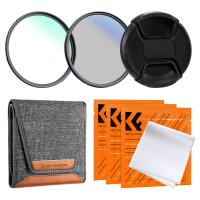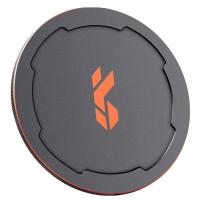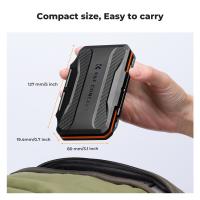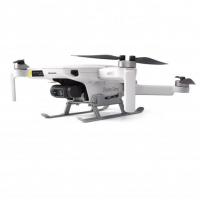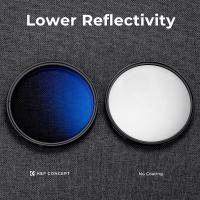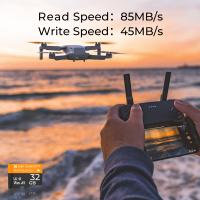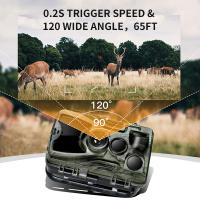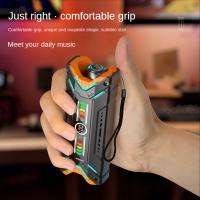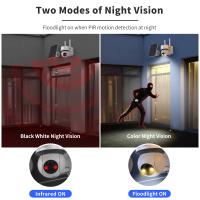How Big Are Drones?
Drones, also known as unmanned aerial vehicles (UAVs), have become increasingly popular in various sectors, from recreational use to professional applications in industries such as agriculture, real estate, and filmmaking. One of the most common questions people have when considering the purchase or use of a drone is, "How big are drones?" The size of a drone can significantly impact its functionality, portability, and suitability for specific tasks. In this article, we will explore the different sizes of drones, their typical uses, and the factors to consider when choosing the right size for your needs.
Understanding Drone Sizes
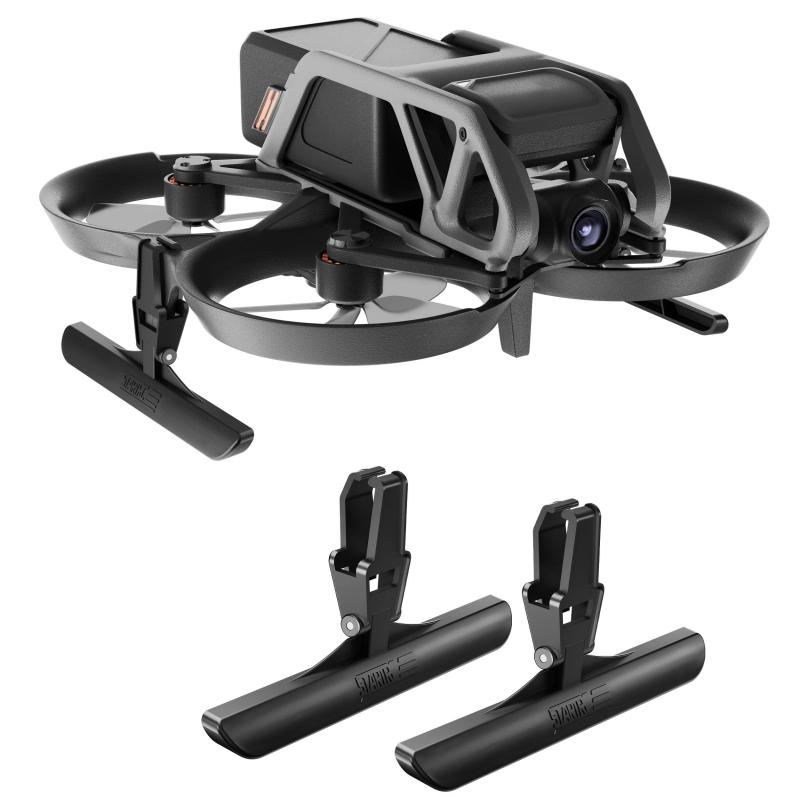
Drones come in a wide range of sizes, from tiny nano drones that can fit in the palm of your hand to large industrial drones that can carry heavy payloads. The size of a drone is typically categorized into four main groups: nano, mini, medium, and large.
Nano Drones
Nano drones are the smallest category of drones, often measuring less than 6 inches in diameter. These tiny drones are primarily used for indoor flying and are popular among hobbyists and beginners due to their affordability and ease of use. Despite their small size, many nano drones come equipped with basic cameras and can perform simple aerial maneuvers.
Typical Uses:
- Indoor flying
- Basic aerial photography
- Educational purposes
- Recreational use
Advantages:
- Highly portable
- Affordable
- Easy to operate
Disadvantages:
- Limited flight time
- Susceptible to wind and weather conditions
- Basic features and capabilities
Mini Drones
Mini drones are slightly larger than nano drones, usually ranging from 6 to 12 inches in diameter. These drones are versatile and can be used both indoors and outdoors. Mini drones often come with more advanced features than nano drones, such as better cameras, longer flight times, and improved stability.
Typical Uses:
- Recreational flying
- Intermediate aerial photography
- Training for larger drones
Advantages:
- Portable
- More stable than nano drones
- Better features and capabilities
Disadvantages:
- Limited payload capacity
- Moderate flight time
- Still affected by strong winds
Medium Drones
Medium drones are the most common size for consumer and professional use, typically measuring between 12 to 24 inches in diameter. These drones offer a good balance between portability and functionality, making them suitable for a wide range of applications. Medium drones often come equipped with high-quality cameras, GPS, and advanced flight modes.
Typical Uses:
- Professional aerial photography and videography
- Real estate and property inspections
- Agricultural monitoring
- Search and rescue operations
Advantages:
- High-quality cameras and sensors
- Advanced flight features
- Good flight time and range
Disadvantages:
- More expensive than nano and mini drones
- Requires more storage space
- Heavier and less portable
Large Drones
Large drones are typically over 24 inches in diameter and are used for specialized industrial and commercial applications. These drones can carry heavy payloads, such as professional-grade cameras, sensors, and even packages for delivery. Large drones often require special permits and training to operate due to their size and complexity.
Typical Uses:
- Industrial inspections
- Agricultural spraying
- Delivery services
- Filmmaking and broadcasting
Advantages:
- High payload capacity
- Advanced features and capabilities
- Long flight time and range
Disadvantages:
- Expensive
- Requires special permits and training
- Not easily portable
Factors to Consider When Choosing a Drone Size
When selecting a drone, it's essential to consider several factors to ensure you choose the right size for your needs. Here are some key considerations:
Purpose
The primary purpose of the drone will significantly influence the size you should choose. For example, if you need a drone for professional aerial photography, a medium-sized drone with a high-quality camera would be ideal. On the other hand, if you're looking for a drone for recreational use, a nano or mini drone might be more suitable.
Portability
If you need a drone that you can easily carry around, portability is a crucial factor. Nano and mini drones are highly portable and can be easily transported in a backpack. Medium drones are still portable but may require a dedicated carrying case. Large drones, however, are not easily portable and may require special transportation arrangements.
Flight Time and Range
The size of the drone can also impact its flight time and range. Generally, larger drones have longer flight times and greater ranges due to their larger batteries and more powerful motors. If you need a drone for extended flights or long-distance operations, a medium or large drone would be more suitable.
Budget
Your budget will also play a significant role in determining the size of the drone you can afford. Nano and mini drones are generally more affordable, making them accessible to beginners and hobbyists. Medium and large drones, with their advanced features and capabilities, come at a higher price point.
Regulations
It's essential to be aware of the regulations governing drone use in your area. Larger drones may require special permits and adherence to specific guidelines, such as maintaining a certain distance from people and property. Make sure to research and comply with local regulations before purchasing and operating a drone.
Drones come in various sizes, each with its own set of advantages and disadvantages. Understanding the different categories of drone sizes—nano, mini, medium, and large—can help you make an informed decision based on your specific needs and requirements. Whether you're a hobbyist looking for a fun and affordable drone or a professional seeking advanced features and capabilities, there's a drone size that fits your needs.
When choosing a drone, consider factors such as the purpose, portability, flight time, range, budget, and regulations. By carefully evaluating these factors, you can select the right drone size that will provide the best performance and value for your intended use.
As drone technology continues to evolve, we can expect to see even more variations in size and capabilities, further expanding the possibilities for both recreational and professional applications. Whether you're capturing stunning aerial footage, conducting industrial inspections, or simply enjoying the thrill of flying, there's a drone out there that's perfect for you.

